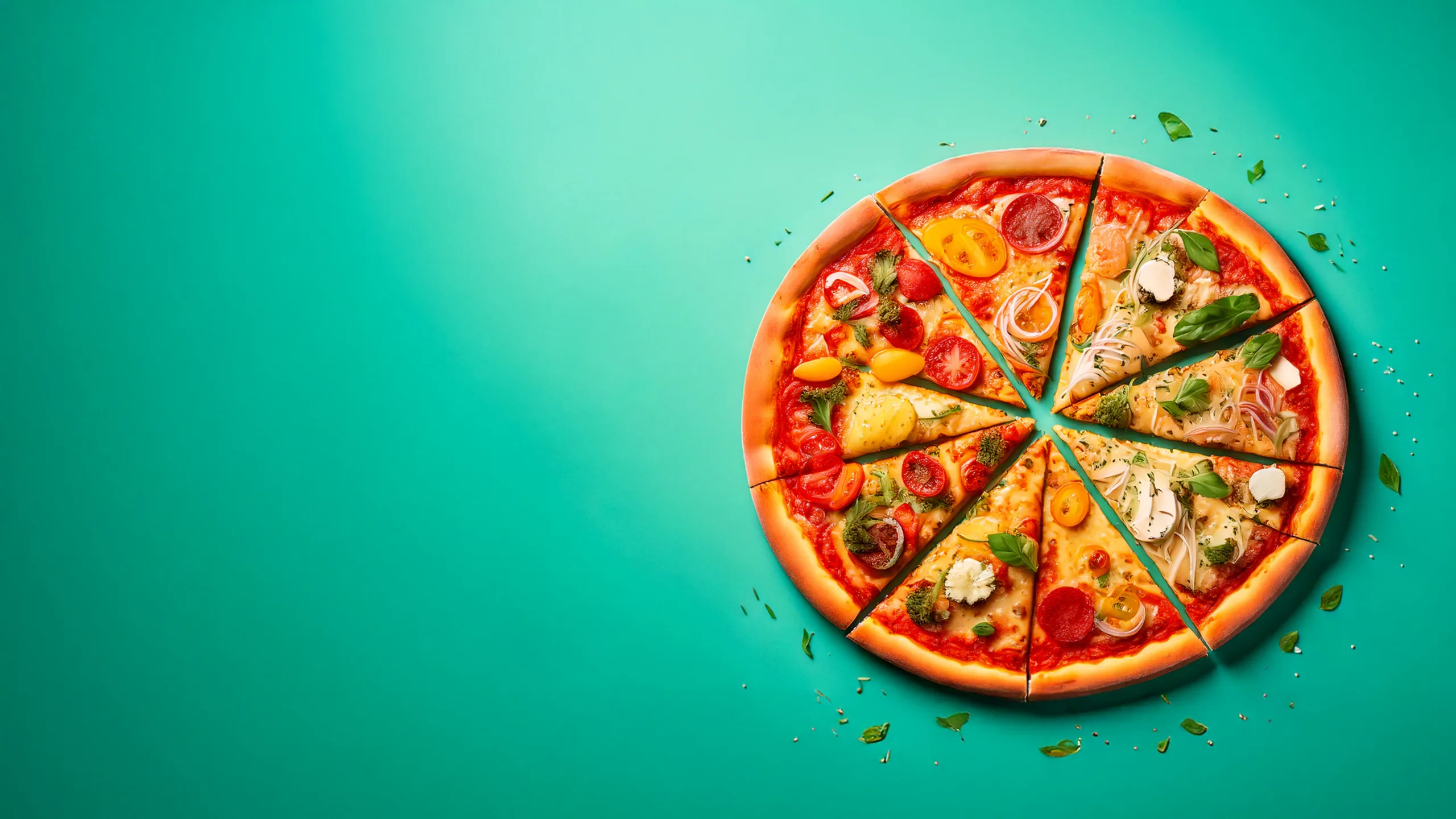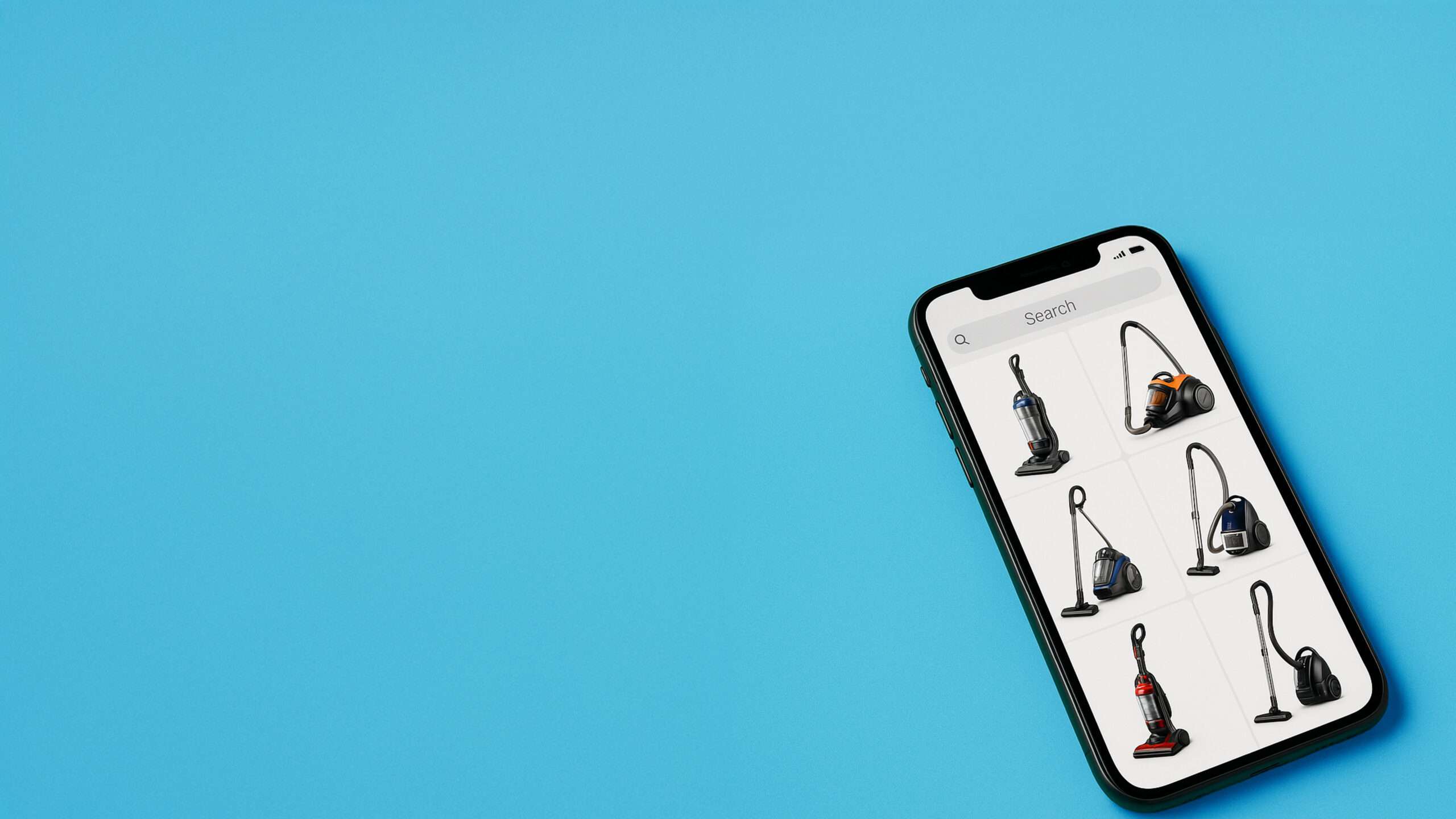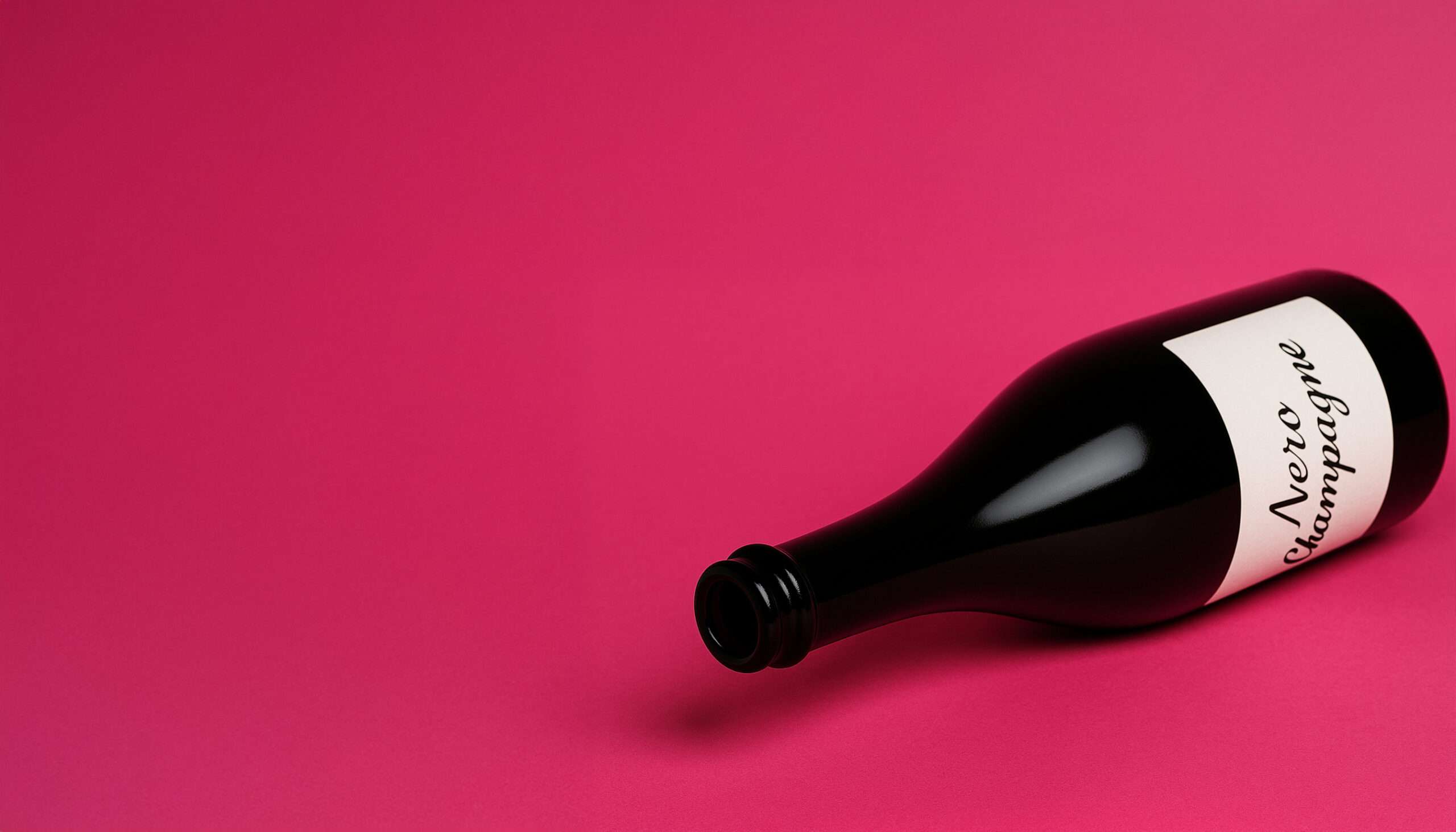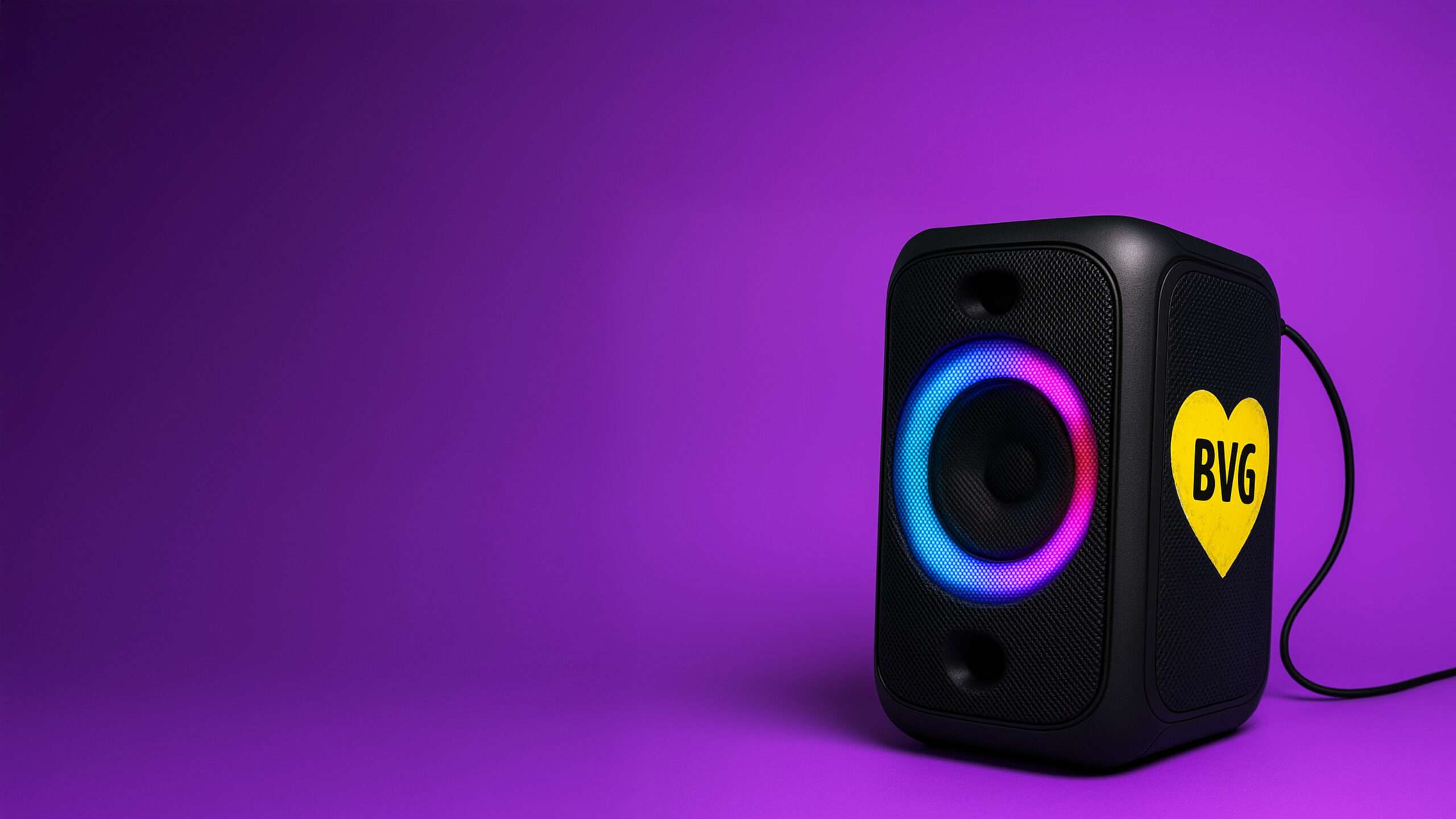
Background knowledge
What is the
NIZZA-
Classification?
What is the
NIZZA-
Classification?
Nice classification
The Nice Classification is an internationally recognized system for the classification of goods and services for the registration of trademarks. It was adopted on June 15, 1957 at the Nice Diplomatic Conference and has served as the basis for classification in trademark law ever since. The classification is regularly revised to reflect current developments. The latest version can be found, for example, on the DPMA website.
Purpose of the Nice Classification
The main function of the Nice Classification is to systematically classify the goods and services claimed when applying for a trademark . The scope of protection of a trademark is clearly defined by dividing it into specific classes. This makes it easier to search for existing trademarks and minimizes the risk of collisions between similar trademarks in the same or related classes. It also enables trademark offices worldwide to process and manage applications efficiently.
Structure of the Nice Classification
The Nice Classification comprises a total of 45 classes, of which 34 are for goods (classes 1-34) and 11 for services (classes 35-45). Each class is defined by a class heading that describes the general scope of the goods or services it contains. In addition, explanatory notes provide further details on the exact delimitation of the class contents.
The list is not exhaustive. Goods and services that are not included in the Nice Classification can also be registered. However, these will then also be thematically assigned to a class.
Overview of the focal points of the individual classes
Below you will find a rough overview of the focal points of the individual classes:
Classes of goods
- Class 1: Chemical products for commercial, scientific and industrial use.
- Class 2: Paints, varnishes, rust inhibitors and wood preservatives.
- Class 3: Detergents, perfumery, essential oils, cosmetics.
- Class 4: Industrial oils and greases, lubricants, fuels.
- Class 5: Pharmaceutical and veterinary products, dietetic foodstuffs.
- Class 6: Base metals and their alloys, metal construction products.
- Class 7: Machines and machine tools.
- Class 8: Hand tools and cutlery.
- Class 9: Scientific, nautical and electrical apparatus, computer hardware and software.
- Class 10: Surgical, medical, dental and veterinary instruments.
- Class 11: Lighting, heating and cooking appliances.
- Class 12: Vehicles and their parts.
- Class 13: Firearms, ammunition and explosives.
- Class 14: Precious metals, jewelry, watches.
- Class 15: Musical instruments.
- Class 16: Stationery, printed matter, writing materials.
- Class 17: Rubber, rubber, asbestos and substitutes.
- Class 18: Leather and imitation leather, suitcases and trunks.
- Class 19: Building materials (non-metal), asphalt, tar.
- Class 20: Furniture, mirrors, picture frames.
- Class 21: Household and kitchen utensils, glassware, porcelain.
- Class 22: Ropes, nets, tents, tarpaulins.
- Class 23: Yarns and threads for textile purposes.
- Class 24: Textiles, bed and table coverings.
- Class 25: Clothing, footwear, headgear.
- Class 26: Lace and embroidery, ribbons and cords, buttons.
- Class 27: Carpets, mats, linoleum.
- Class 28: Games, toys, gym and sports equipment.
- Class 29: Meat, fish, poultry, canned meat and fish.
- Class 30: Coffee, tea, cocoa, sugar, rice, flour, bakery products.
- Class 31: Agricultural, horticultural and forestry products, live animals.
- Class 32: Beers, mineral waters, non-alcoholic beverages.
- Class 33: Alcoholic beverages (except beers).
- Class 34: Tobacco, smoking articles, matches.
Service classes
- Class 35: Advertising, business management and office work, including marketing and personnel management.
- Class 36: Financial and insurance services and real estate transactions.
- Class 37: Construction and repair services and installation work.
- Class 38: Telecommunication services such as telephony and internet services.
- Class 39: Transportation, storage and travel events.
- Class 40: Processing and finishing of materials, including recycling and printing services.
- Class 41: Educational and entertainment services and sporting and cultural activities.
- Class 42: Scientific and technological services, including research and development and IT services.
- Class 43: ‘Catering and accommodation services, such as restaurants and hotels.
- Class 44: ‘Medical and veterinary services, health and beauty care, agricultural, horticultural and forestry services’.
- Class 45: Legal services, personal and social services, security services
Eine vollständige Liste der Nizza-Klassifikation finden Sie auch beim Deutschen Patent- und Markenamt.
Questions about the Nice classification?
We are happy to
advise you about
Markenrecht!
Our team
in trademark law
Our team
in trademark law












